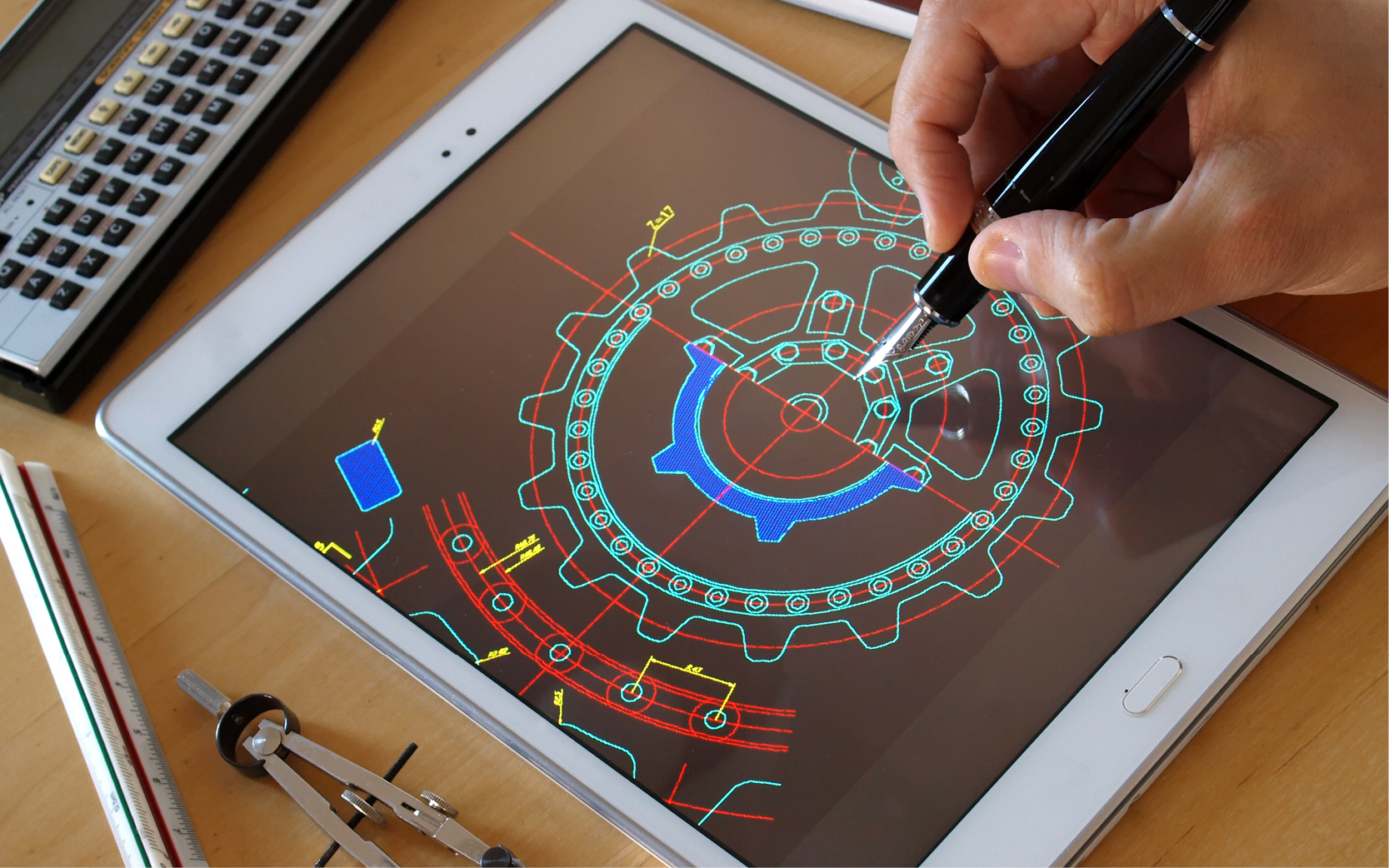
Design and development engineers use technical knowledge, mathematical skills, and design ability to address problems in several industries.
As an apprentice design and development engineer, you’ll work on creating new ideas, as well as designing, developing, and managing projects in several sectors, such as construction and the built environment, materials, software, components, machineries, and vehicles.
To succeed, you must have strong technical knowledge and problem-solving, communication, leadership, and project management skills.
Depending on their speciality, design engineers are also known as CAD engineers, consulting engineers, and product design engineers.
Responsibilities
Throughout your apprenticeship, you may help:
- use mathematical modelling to research new developments and innovations
- design technical plans for prototypes
- use computer-aided design (CAD) and computer-assisted engineering (CAE) software
- collect and analyse data from prototype testing
- modify product designs ahead of manufacture or installation
- write and present reports to project managers and clients.
Salary
- Starting salary for an apprentice is £20,000 per year.
- Experienced or incorporated engineers can earn between £30,000 and £40,000.
- Chartered engineers can earn salaries of £40,000 to £50,000+. Consultants and managers can earn from £50,000 upwards.
Working hours
Working hours are typically 9am to 5pm, 38 to 40 hours per week, however extra hours may be required to meet project deadlines.
Working environment
You could work in an office or in a workshop.
Qualifications
Qualifications you can achieve as an apprentice design and development engineer include:
- Level 6 Product Design and Development Engineer – Entry requirements for this level include 4 or 5 GCSEs at grades 9 to 4 (A* to C) and A levels, or equivalent, for a higher or degree apprenticeship. This qualification will take 60 months to complete.
Skills
On a design and development engineer apprenticeship, you’ll learn:
- design skills and knowledge
- knowledge of engineering science and technology
- the ability to come up with new ways of doing things
- to be thorough and pay attention to detail
- complex problem-solving skills
- persistence and determination
- maths skills
- the ability to think clearly using logic and reasoning
- to be able to use a computer and the main software packages confidently.
Employers
Blue chip companies to small and medium-sized businesses (SMEs) in both the commercial and public sectors are among the employers. You may work for yourself as a design engineer if you have experience. However, some apprentices become freelancing or create their own businesses. This is more common in technical domains like product and industrial design.
Professional development
There are educational and professional requirements to become a chartered engineer in mechanical, electrical, electronic, and chemical engineering.
You must complete a recognised Masters course or seek further study in the job to meet the educational criteria for chartered status.
To fulfil the working requirements, you must complete initial professional development (IPD) that meets the work experience criteria for chartered status. Throughout this process, you will most likely get advice and comments from a mentor or supervisor. After your professional body receives proof of your academic qualifications and IPD, you will be subjected to a Professional Review.
An interview, a presentation, and other activities may be included in the Professional Review, which analyses professional competence.
You will also engage in continuous professional development (CPD) as an experienced design engineer to improve your skills and knowledge in project management, legislation, finance, health and safety, and report writing.
Career prospects
After finishing a rigorous apprentice programme, many apprentices enter the design engineering professions. This will provide experience working in several industries, which will help in the aim of being fully chartered. However, there is no established professional route for design and development engineers, and the time it takes to obtain a chartership is totally up to the individual.
Obtaining extra certificates and ongoing education in specialist sectors could enhance career prospects.
You might climb to the position of senior design engineer with time and experience. But on the other hand, you may rise to roles of team leadership, project management, consulting, and management later in your career.
